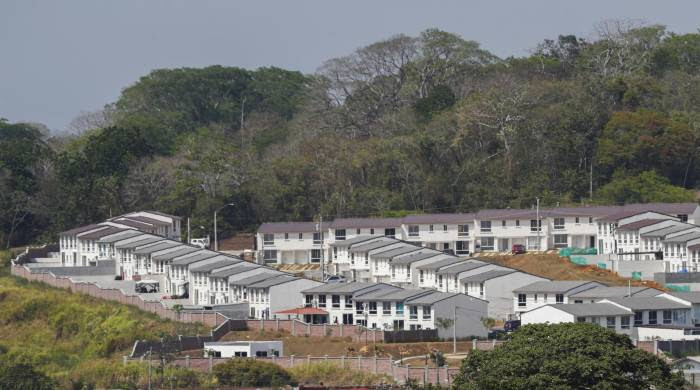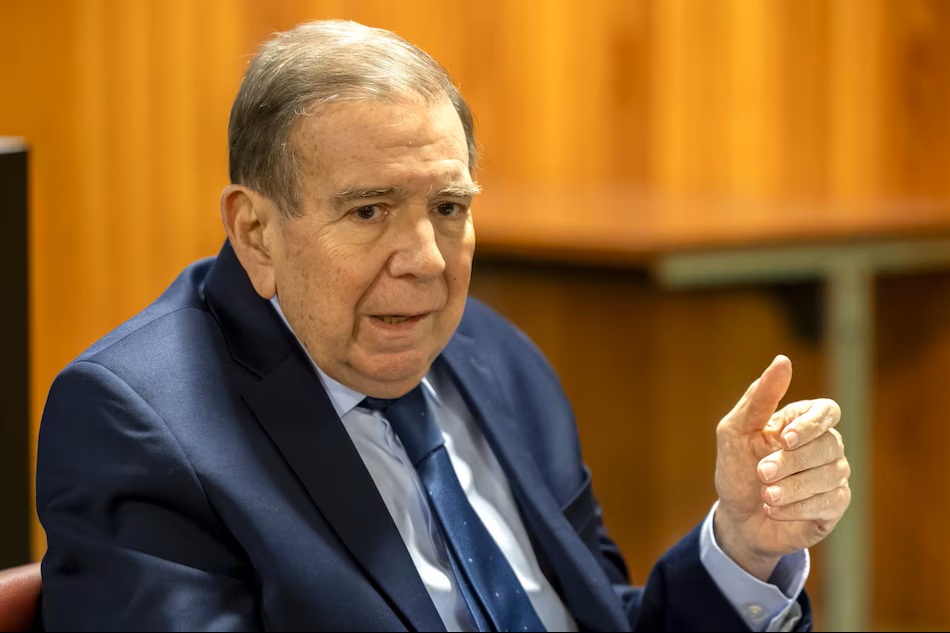Housing in Panama

I attended the David Fair this year and one thing of special note in buildings were the housing projects, not only in Chiriquí Province, but all of Panama. Hundreds of look-alike homes were being built on a few acres of land. Every province that you travel to has these new massive housing developments. I spoke with some of the banking personnel attending the Fair who discussed that local mortgages for Panamanians looking to purchase one of these homes were as low as 2%. It was also noted that for extranjeros, mortgages were at 5.5% at best and seniors 75 or over are not at all eligible to obtain a mortgage. It was also interesting to note for Panamanians that your wage qualified you for the house that you could purchase. Housing prices were listed, based on the money that you earned in your job. If you make more money, you could purchase a more expensive house, and that is strictly controlled. One of the problems that these housing developments are finding is adequate water. These communities are digging wells as the local towns nearby, cannot supply these housing projects with municipal water.

The housing deficit has been significantly reduced, although problems persist regarding access to decent housing solutions, the quality of housing or access to services. Construction, one of the engines of Panama’s economy, has experienced significant growth in recent years and the residential construction market remains dynamic, with good results in the construction of private works. Currently this sector has an inventory of around 19,277 units and total sales recorded in 2022 of 7,280 units. This situation happened due to the increase in population, the development of road and service infrastructure, economic and political stability and the foreign investment that the country attracts, in addition to government housing programs and financing facilities that have stimulated the demand for housing.

Construction was one of the activities most impacted by the near paralysis of Panama’s economy in 2020 due to the covid-19 pandemic, but the real estate market has not only managed to recover, but the residential property market of more than $120,000 led the recovery, with transactions recorded in the first half of 2023 of $380 million. So the sale of homes to foreigners, which had decreased to 32%, returned to pre-pandemic levels (39%) in 2022, and from 2018 to 2023 secondary sales gained relevance, going from 30% to 40% of total sales. The relatively low prices have allowed this to happen, since if we compare the average value of the square meter of apartments as of March 2023, Panama has a price of $1,712 dollars, well below other cities such as Montevideo, Santiago, Mexico City, Buenos Aires, Rio de Janeiro and Lima. According to pricing, the cost for Montevideo would be $3,146 per square meter; that of Santiago, 2,915 dollars; Mexico City, $2,531; Buenos Aires, 2,362 dollars; Rio de Janeiro, $2,277, and Lima, $2,117. Future projections for the housing construction sector in Panama are generally optimistic with a warning that these will always be influenced by aspects such as global economic stability.





